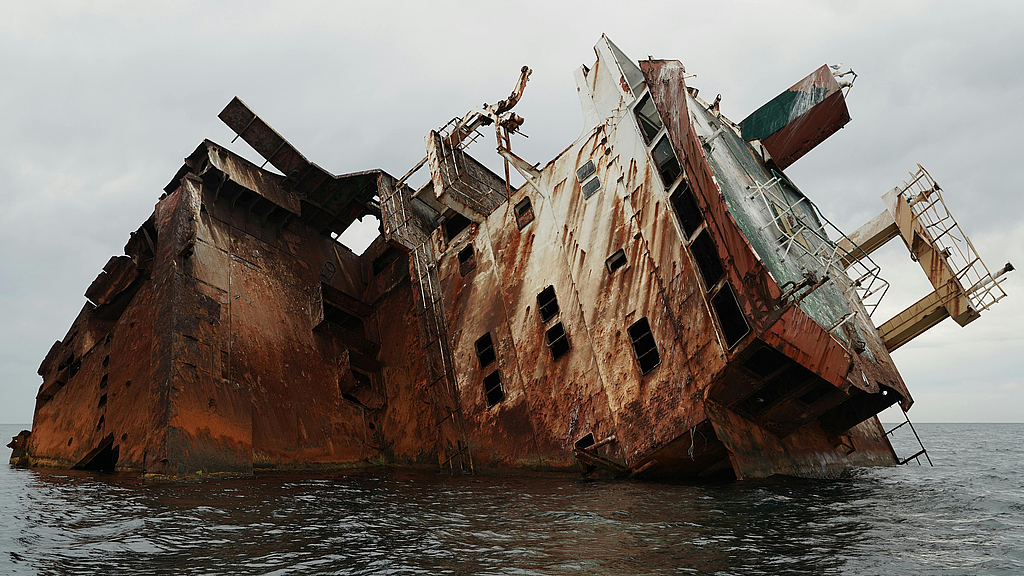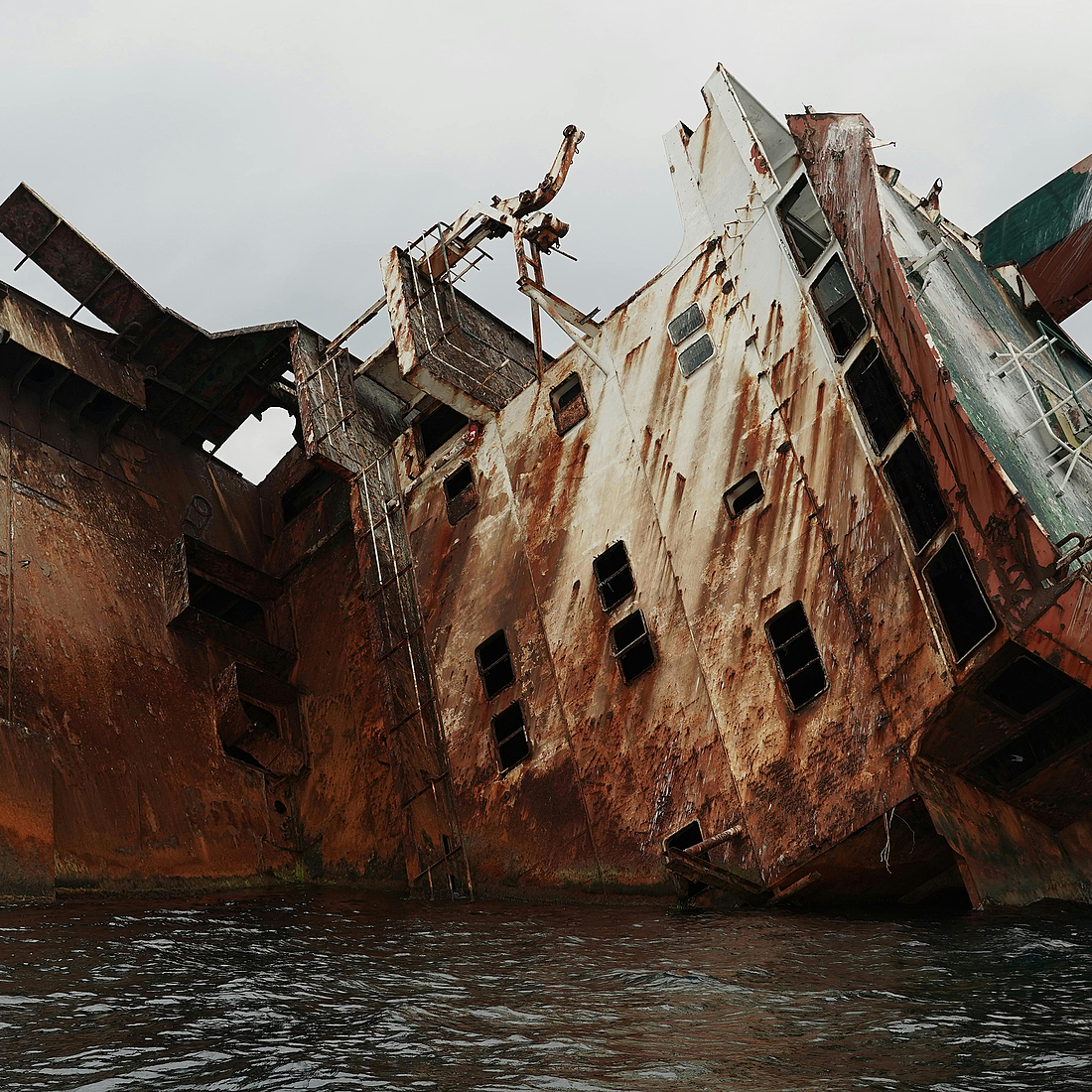Disasters at sea and maritime culture of remembrance in the 20th and 21st centuries
Maritime catastrophic events such as shipwrecks are defining fixed points in the collective perception of the sea. Shipwrecks represent the relationship between man and the sea at an extreme point. “Disasters at sea” are far more than just dramatic events: they show the negotiation of fundamental questions of safety, risk and power in our society. When examining how society deals with shipping disasters, it becomes clear that there is a connection between the aspects of the force of nature, human fallibility and the limits of technological development are combined here. Disasters at sea can therefore make social fears and fascinations for the maritime space sharply and publicly visible, as if under a burning glass.
In this project, exemplary shipwrecks that have received a great deal of international public attention are used to trace and connect complex ideas about the perception of the sea and its significance within specific historical and cultural contexts. Taking into account the function of memory culture and symbolic interpretation in this process, particular attention lies on to examining how these constructions influence the understanding of nature and civilization. By investigating how historical conditions, cultural discourses and power structures in dealing with shipwrecks shaped the perception of the sea, the project contributes to a deeper understanding of the perception of the sea and maritime memory culture.

Credit: pv

